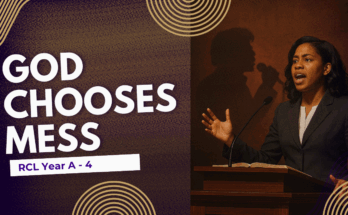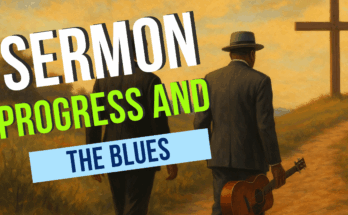As an Amazon Associate I earn from qualifying purchases.
Perhaps one of the most common errors in sermonic structure is to have too many competing points. Sometimes preachers exhibit this error when they go on tangents or on asides that are only marginally related to the main point.
Prominent Preaching Instructors Weigh In
In any case, a sermon should have one major point or theme. Grady Davis calls it an idea that grows, Haddon Robinson calls it the big idea, Thomas Long calls it a focus statement, Paul Scott Wilson calls it the Major Concern of the text, Bryan Chapell calls it the Fallen Condition Focus, Brad Braxton calls it the Gospel Claim, and Henry Mitchell calls it the Controlling Idea.
Whatever you call it, your sermon needs a driving idea that is behind it that helps you determine what to add in and what to leave out. Too many sermons have no one major idea. Sometimes the “three points and a poem” turn into three sermons and a whoop with little reference to any of the other points.
How To Fix It?
To fix this problem in your sermon, ask simply what one thing are you trying to teach in the sermon? All of the “points” or “moves” should support that one point. If it does not then drop it.
Amazon and the Amazon logo are trademarks of Amazon.com, Inc, or its affiliates.






I hit the return keep before I was complete.
Here is the completed part of my expressing:
Then I read text concerning what it means to leap. Then faith. In my spirit I feel that the Lord is speaking concerning growing in faith, growing to trust God in times of challenge. Building and moving up and holding fast to my faith in God.
But I can not recognize my points to know what to build on. So I write under the anointing but with out clearity that this is the intro, the point, the celebration etc.
The message is effective because souls are move to come forth but I am not clear on how I built to move the soul to come forward.
Can you help me?